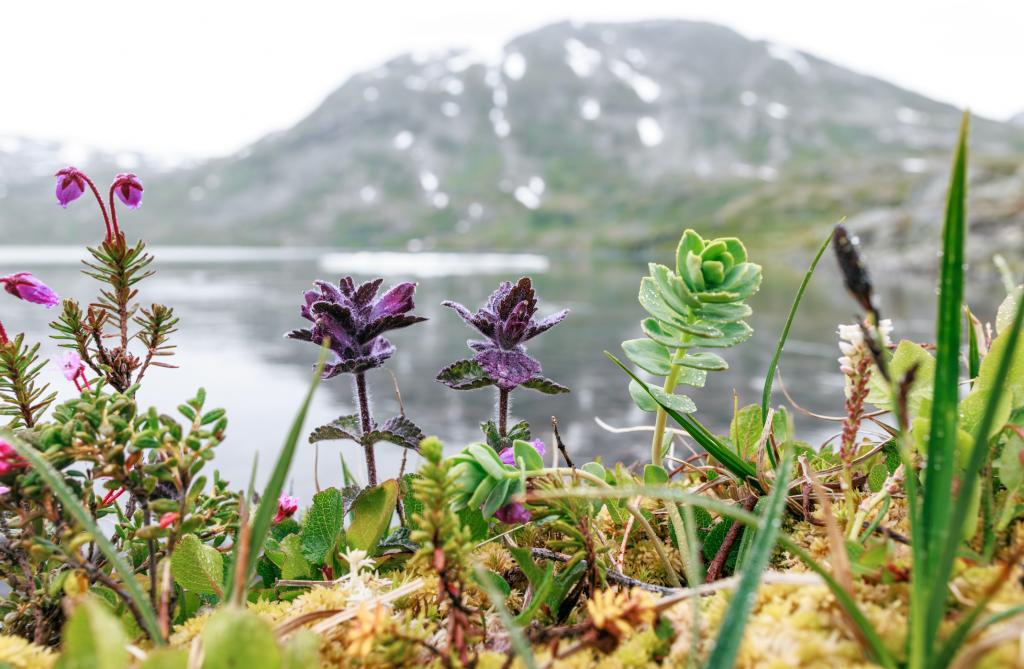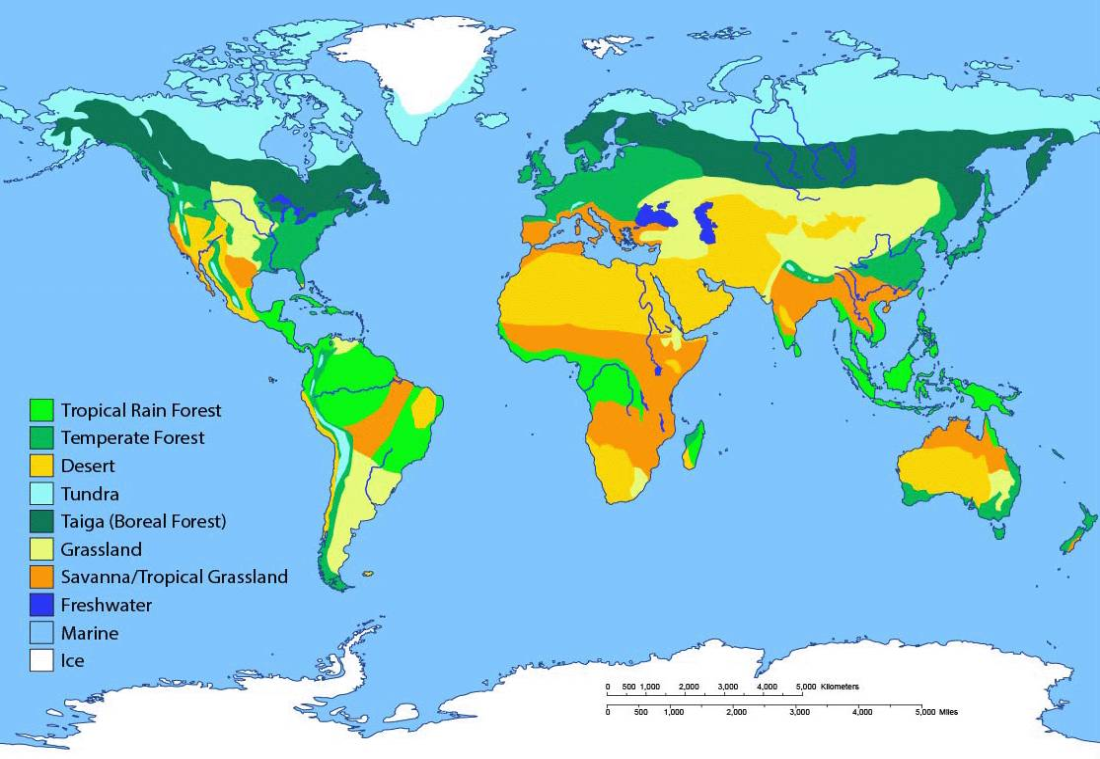Free Courses Sale ends Soon, Get It Now


Free Courses Sale ends Soon, Get It Now



Copyright infringement not intended
Picture Courtesy: https://www.downtoearth.org.in/news/climate-change/warming-planet-may-transform-tundra-ecosystems-from-carbon-sinks-to-sources-95717
Context: According to a recent study warming temperatures in arctic and alpine tundra ecosystems are increasing ecosystem respiration, which is releasing carbon into the atmosphere and potentially transforming these environments from carbon sinks to carbon sources.
Climate Change and its Impact on Tundra Ecosystems

Carbon Dynamics in Tundra Ecosystems
|
Factors Influencing Carbon Storage ●Permafrost: Permafrost stores vast amounts of organic matter (carbon) because decomposition rates are slow in frozen conditions. ●Vegetation: Tundra vegetation (e.g., mosses, lichens, shrubs) also sequesters carbon through photosynthesis and contributes to soil organic matter. |
Impact of Warming on Tundra Ecosystems
Temperature Increase
Biogeochemical Changes
Ecosystem Respiration and Carbon Release
Ecosystem Respiration
Increased Metabolic Activity
|
Experimental Insights ●Open-Top-Chamber Experiments: Researchers conducted long-term experiments using open-top chambers to simulate warming. Results showed that even modest temperature increases (1.4°C in air, 0.4°C in soil) led to a substantial increase (30%) in ecosystem respiration during the growing season. ●Sensitivity to Environmental Changes: Tundra regions with higher nitrogen limitations or increased turnover of plant and microbial communities are more sensitive to warming. These regions exhibit stronger respiration responses, indicating complex interactions between climate change and local environmental conditions. |
Implications and Climate Modeling
Conclusion
Must Read Articles:
Economic Damages From Climate Change
Source:
|
PRACTICE QUESTION Q. Geoengineering refers to technological interventions aimed at manipulating the climate. While some geoengineering proposals might offer ways to mitigate warming, they also raise ethical concerns and potential risks of unintended consequences. Discuss the potential benefits and drawbacks of geoengineering as a response to climate change, considering the moral hazard of potentially relying on it as a crutch while delaying efforts to reduce emissions. |
© 2024 iasgyan. All right reserved